Report this entry
More from the same community-collection
El Paso County Historical Society
Since 1954 the El Paso County Historical Society(EPCHS) has been ...
Earl A. Buckhart on troop horse.
The story of this photo was written on the back. "This picture ...
Jay M. Garner -A Past Commanding General at Fort Bliss, Texas
Born in Arcadia, Florida, Garner served an enlistment in the ...



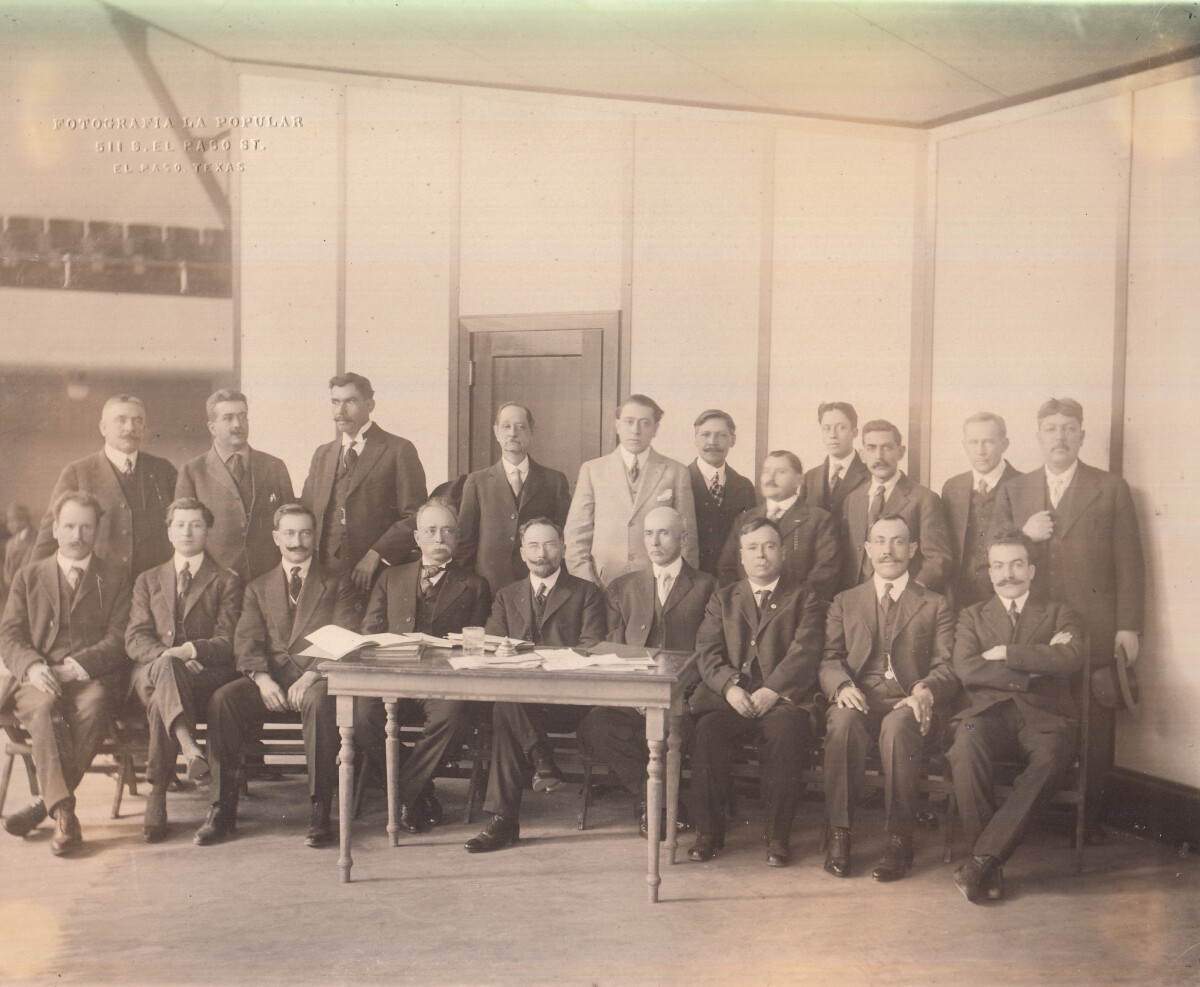



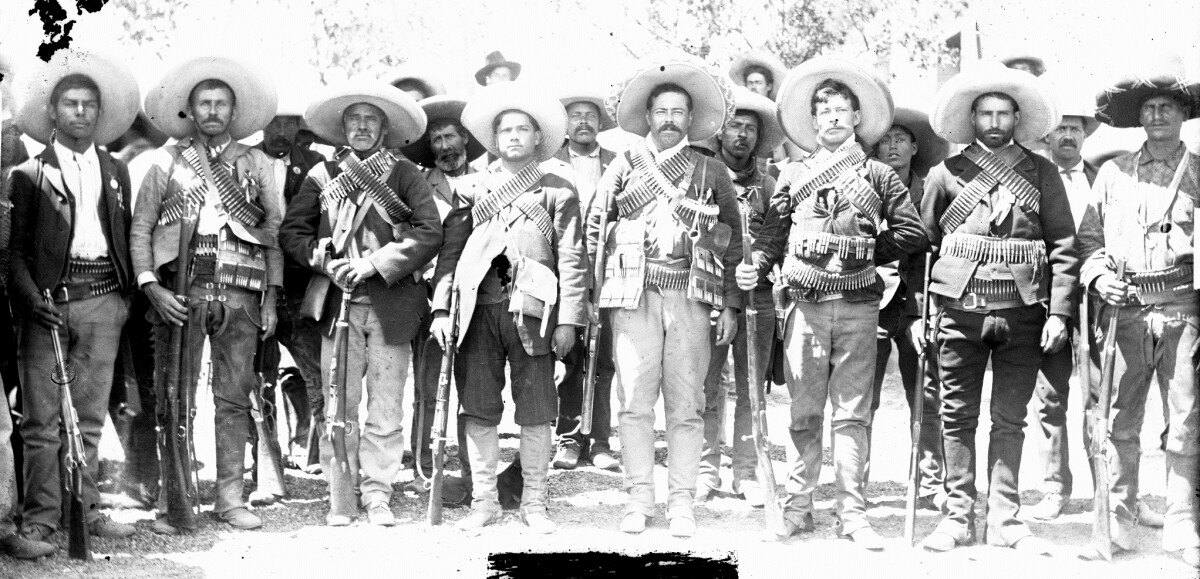






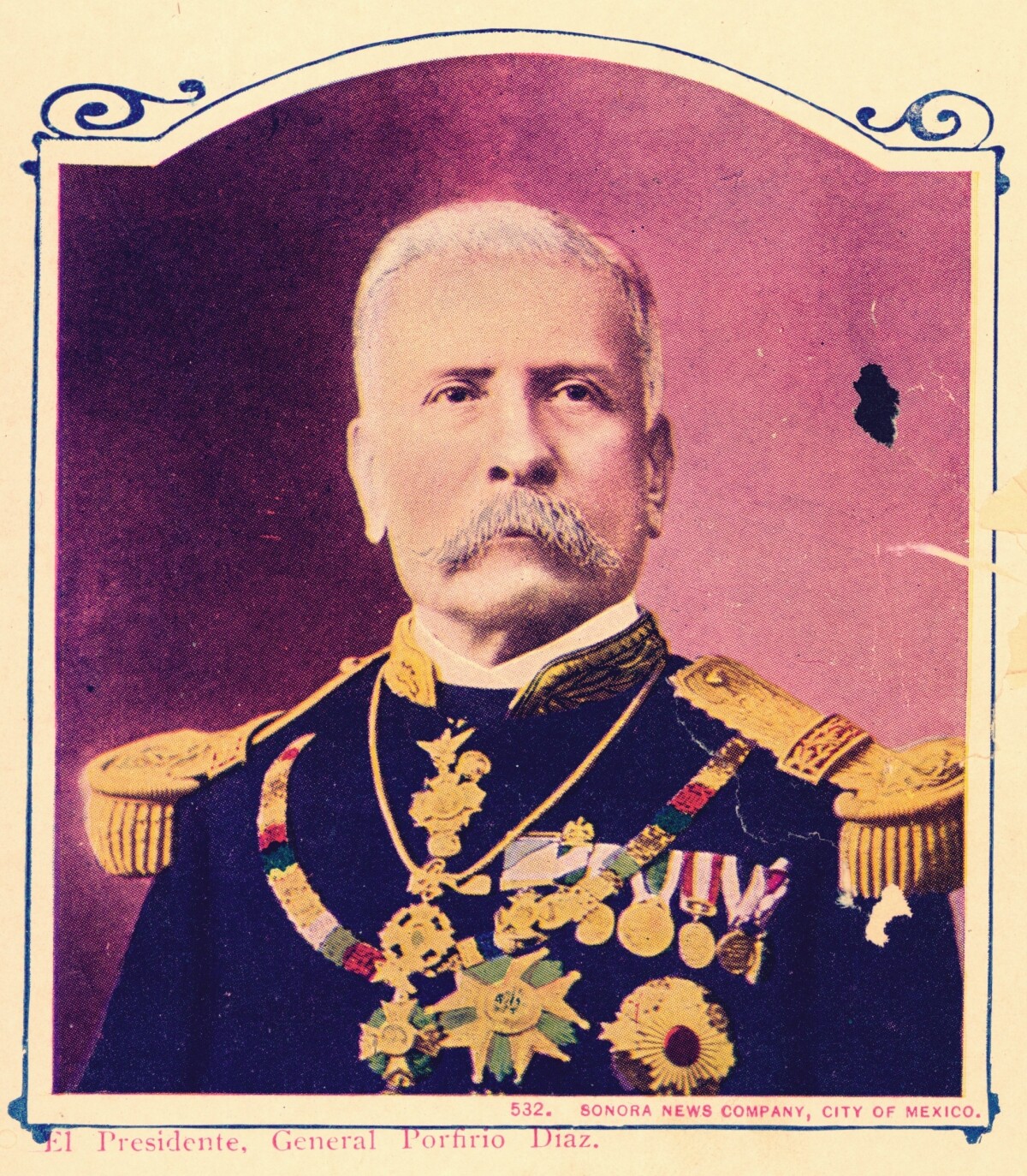






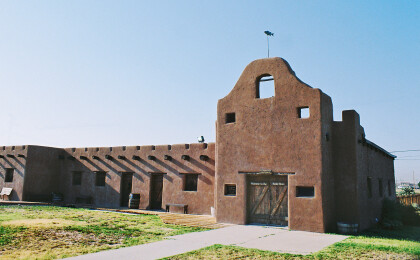



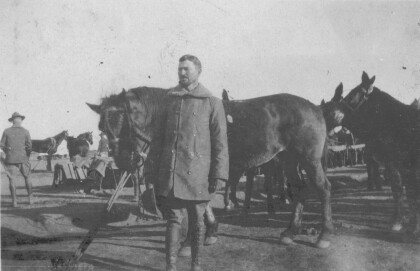






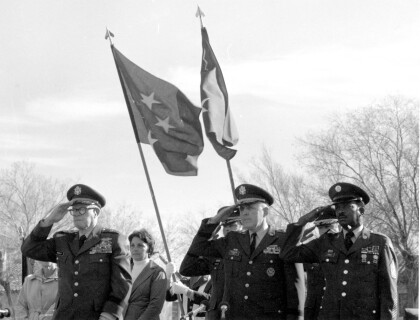




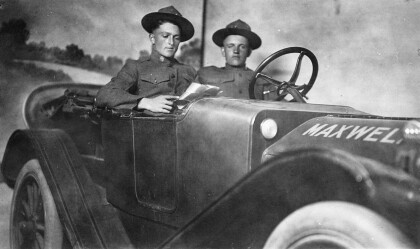



Comments
Add a comment